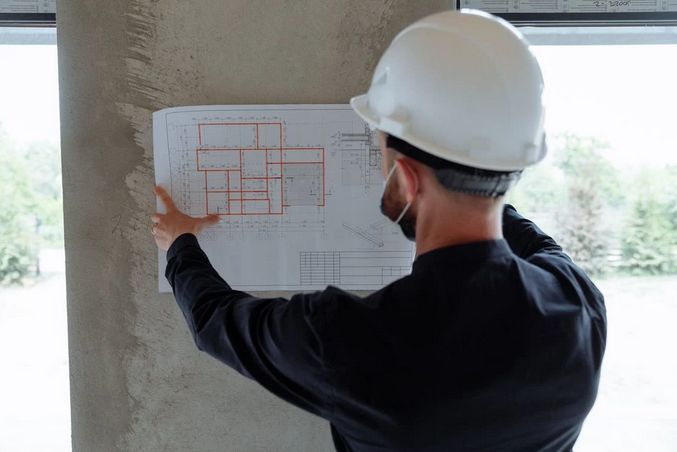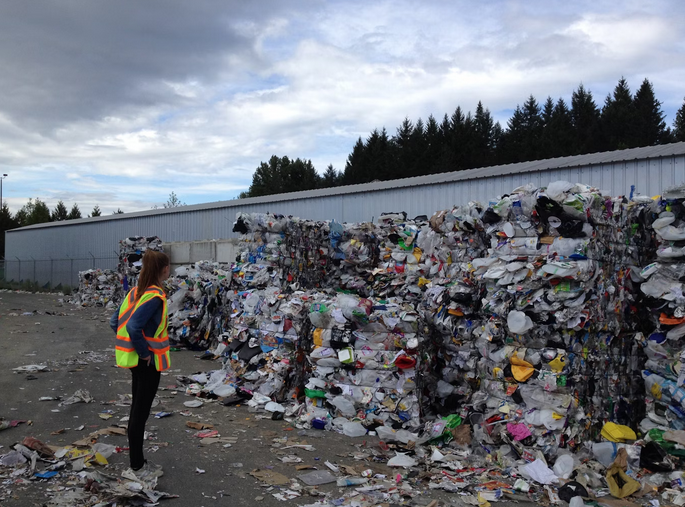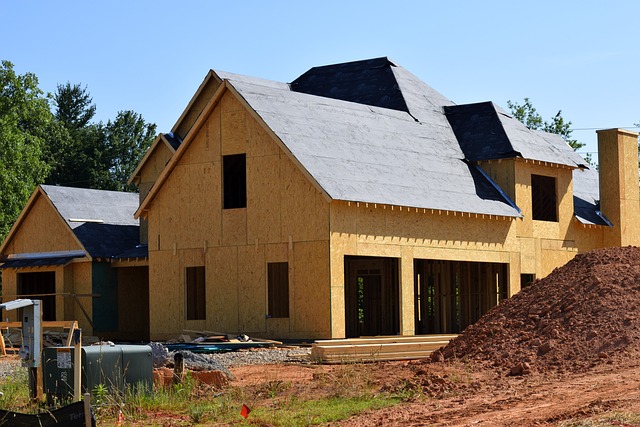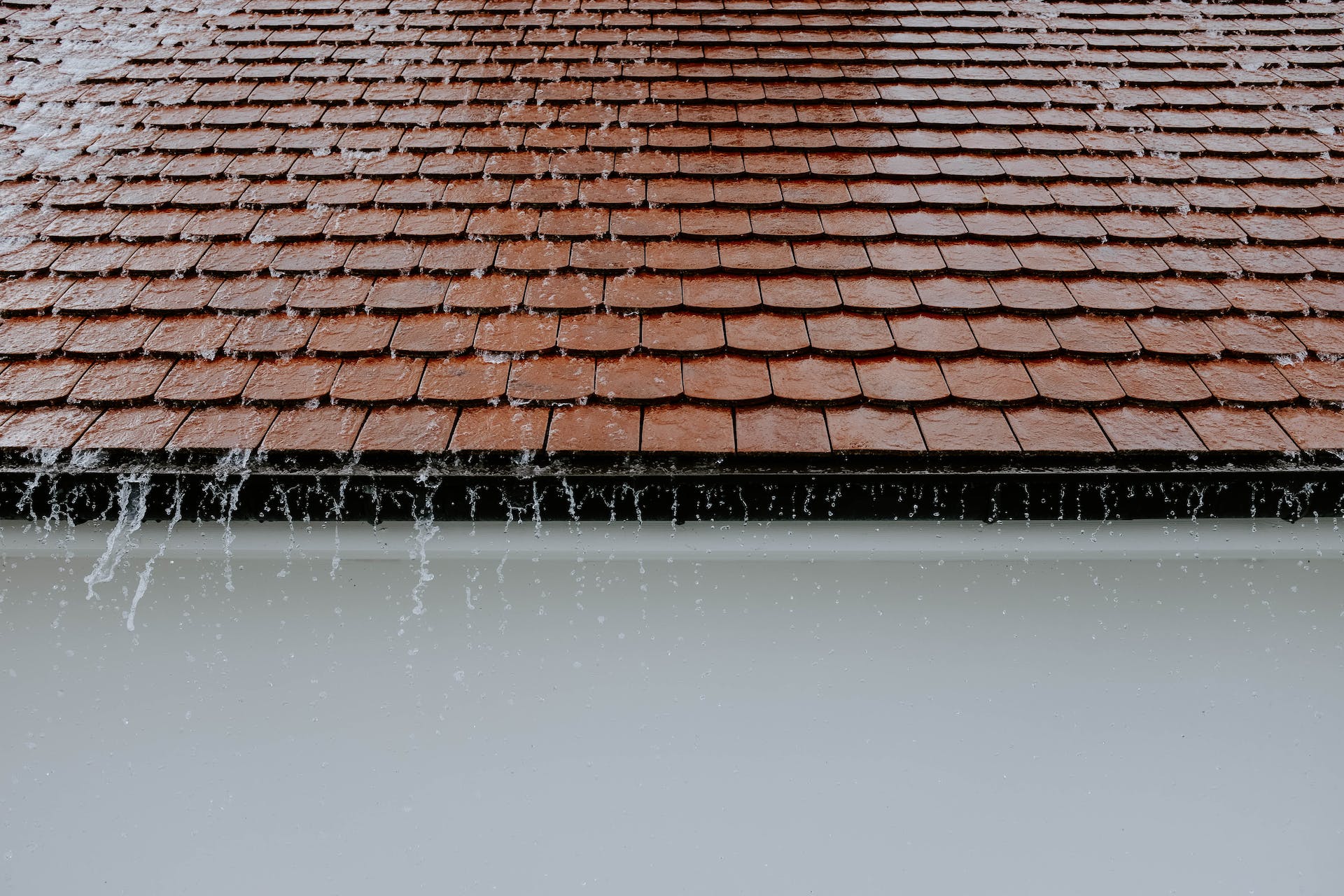
Flat roofing systems, though less common than pitched roofs, offer unique advantages and challenges. Understanding their design, implementing proper maintenance practices, and employing effective waterproofing solutions are key to ensuring durability and longevity. Let’s explore the world of flat roofing, covering design intricacies, maintenance essentials, and waterproofing strategies from https://5starroofingpros.com for optimal performance.
Designing Flat Roofing Systems
Flat roofing systems typically feature a low or nearly level slope and are common in commercial buildings, industrial structures, and modern residential homes. They offer the flexibility to incorporate more space for gardens, patios, solar panels, and HVAC units compared to traditional pitched roofs. When designing a flat roof system, several factors must be considered to ensure structural integrity. One critical factor is determining the appropriate pitch for flat roofs. Though they are called “flat,” they require a slight slope to allow water to drain efficiently. The recommended slope is typically 1/4 inch per foot, directing water toward drains or gutters. If the pitch is too low, it may result in ponding, which can lead to leaks and damage over time.
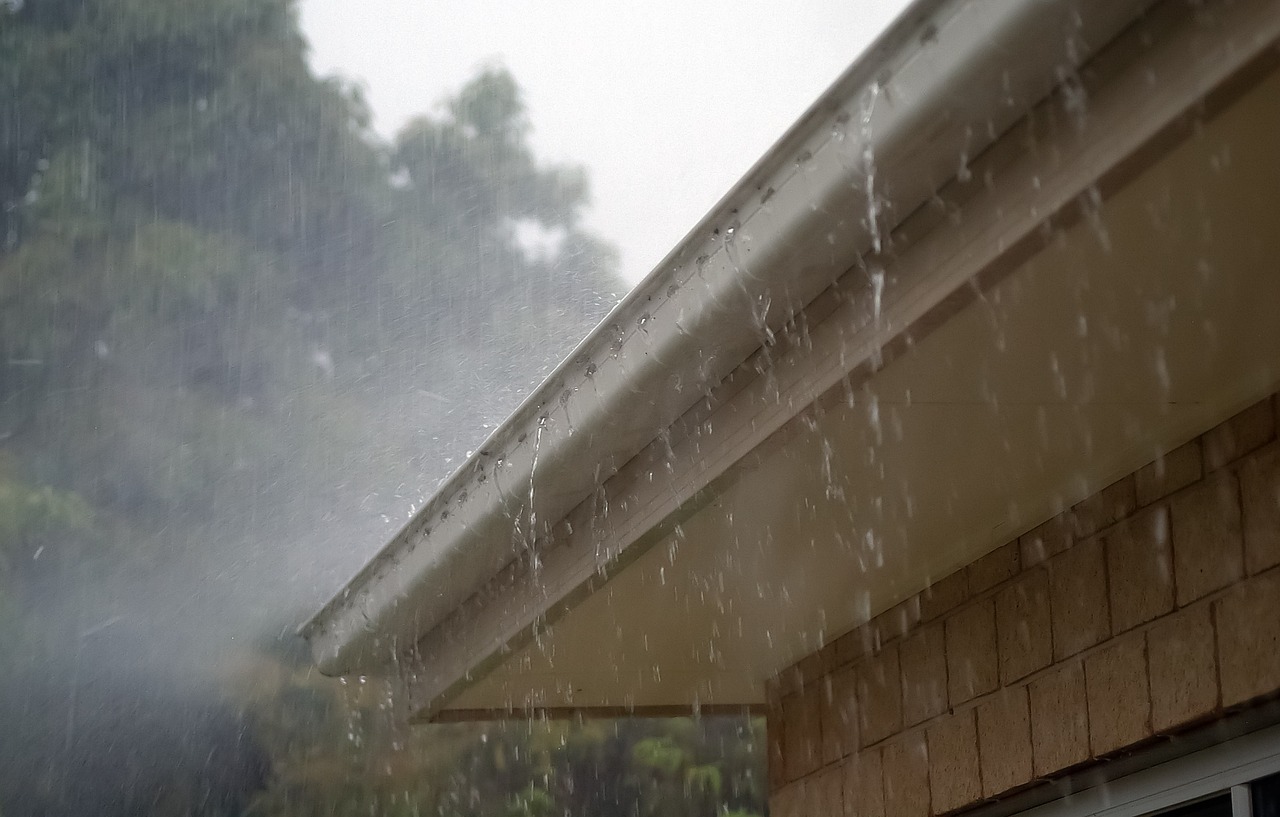
Flashing and Drainage Systems
Flashing is another fundamental element of flat roof design. It serves as a waterproof barrier, sealing joints, and vulnerable areas such as vents, chimneys, skylights, and walls. Improper or damaged flashing can cause water to seep into the roofing system, leading to structural damage and mold growth. Regular inspections should be conducted to ensure that the flashing is in good condition and promptly replaced if any issues are detected. Drainage systems, such as gutters and downspouts, also play a crucial role in flat roof design. They are responsible for collecting and directing water away from the building’s foundation, preventing water damage.
Maintaining Flat Roofing Systems
Proper maintenance is key to extending the lifespan of flat roofing systems. Regular inspections should be carried out at least twice a year to identify and address any issues early on. Inspections should include checking the surface for cracks, blistering, or other signs of damage. Gutters, flashing, and drainage systems should also be inspected for blockages or damage. Any debris or dirt buildup can hinder proper water flow and cause potential leaks. It is important to keep flat roofs clean and free of debris to prevent water from pooling.
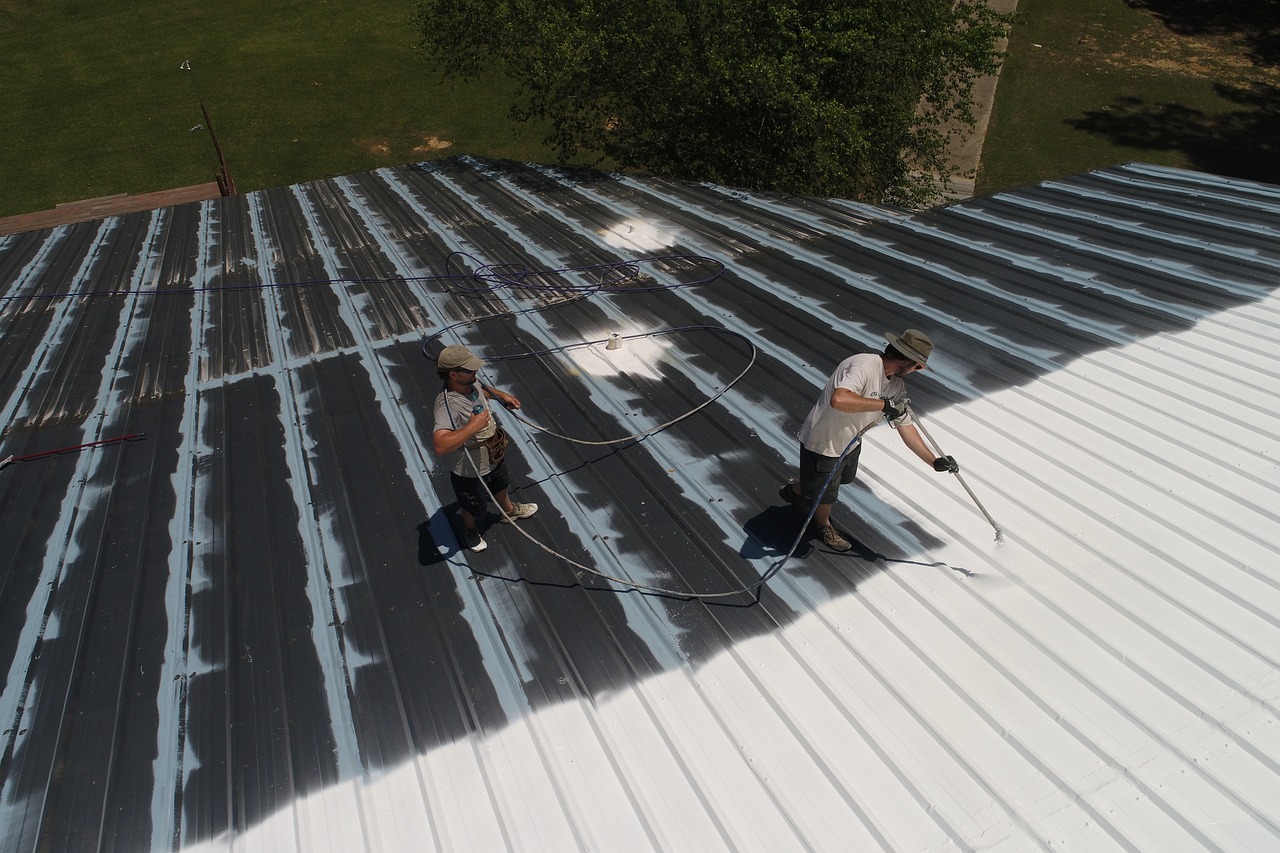
Waterproofing Solutions for Flat Roofs
Due to their low slope, flat roofs are more susceptible to leaks and water damage compared to pitched roofs. As such, implementing effective waterproofing solutions is crucial in maintaining the integrity of the roofing system. One common method is using a waterproof membrane, which serves as a protective layer between the roof and external elements. This membrane can be made of different materials, such as rubber, PVC, or bitumen. Other waterproofing techniques include sealants, coatings, and specialized tiles or shingles designed for flat roofs.
In Conclusion
Maintaining and waterproofing flat roofing systems requires attention to detail and proactive care. By understanding the design considerations, implementing regular maintenance, and employing effective waterproofing solutions, homeowners can ensure the durability and reliability of their flat roofs. Remember, a well-maintained and properly waterproofed flat roof not only extends its lifespan but also provides peace of mind against weather-related challenges.


